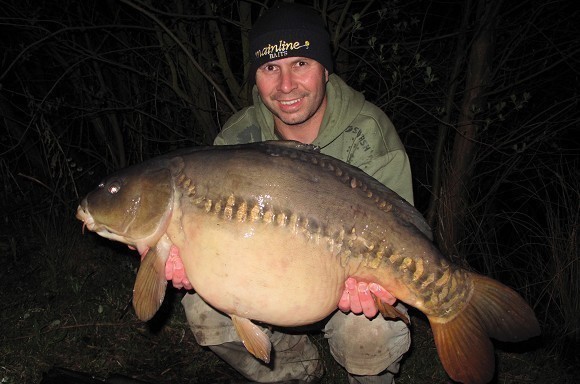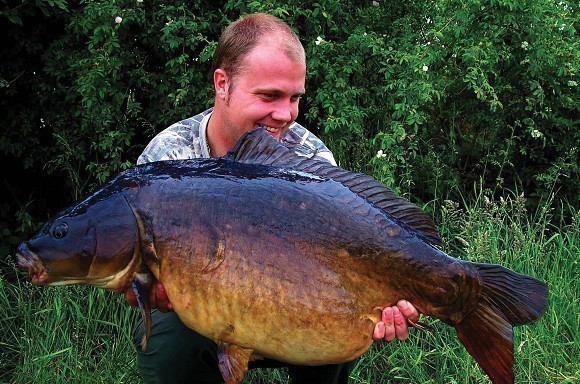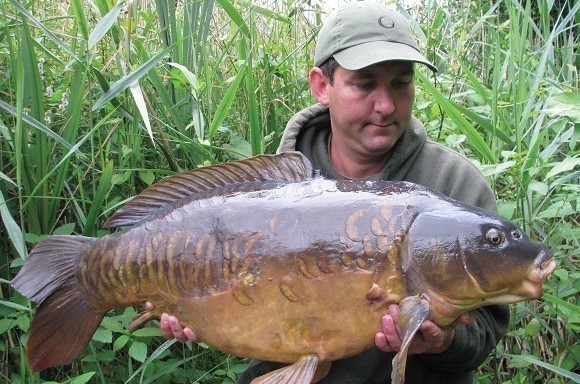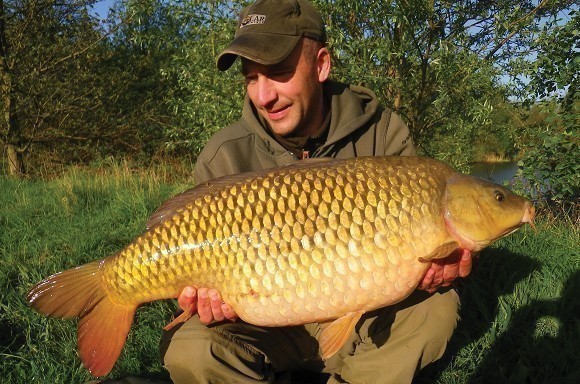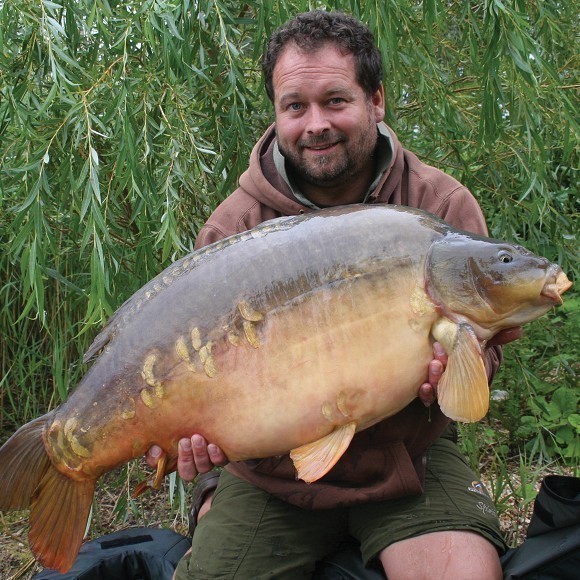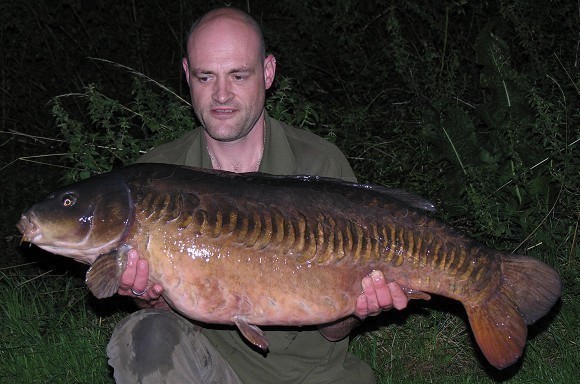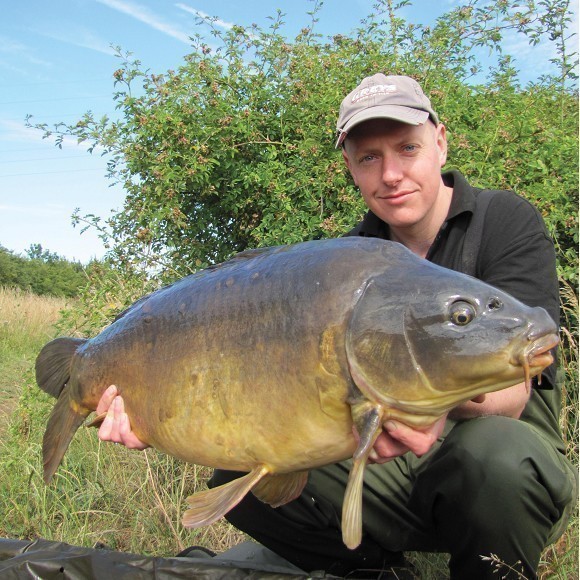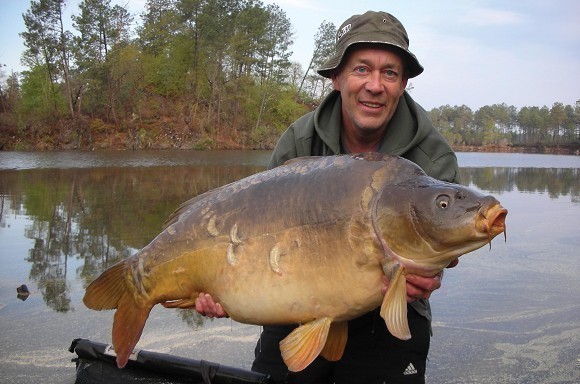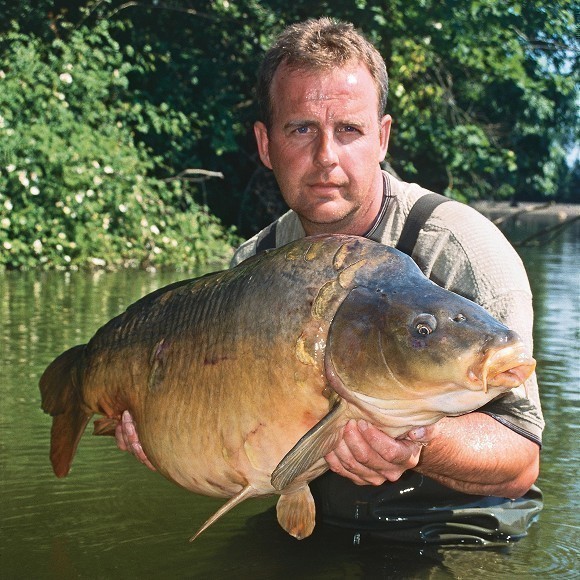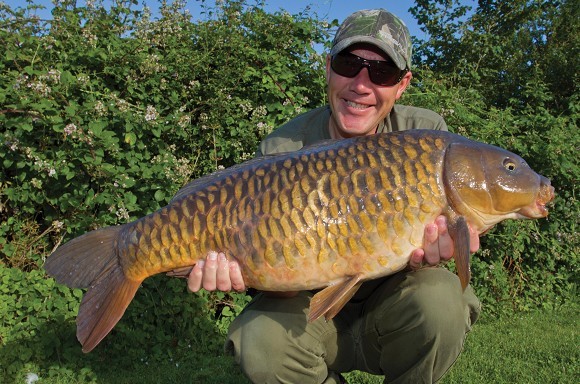
10 bits of complete carp fishing rubbish
Think everything you hear is correct? Think again. We spoke to some people who know a thing or two about carp to see where we’re going wrong
1. Colours change colour underwater
Iain Macmillan: “One particular angler professed to know what colours were seen by carp underwater, the times of day they were more or less visible to the fish, and I even remember a statement that if you were using a certain coloured bit of plastic corn at a certain time of the day, then you didn’t stand a cat in hell’s chance of catching a thing!
Well since then I’ve done some filming (both out and under the water) with Stuart Morgan, he has given me concrete evidence those claims are utter drivel. According to Stuart, every single colour we see out of the water is exactly the same colour under it, it’s only when he got down to depths of 30ft and below that the colour spectrum started to change and I expect a lot of that was down to water clarity. He also confirmed that yellows and whites are by far the most visible, so concrete evidence that the first revelations were complete crap!”
2. I've found the thermocline
Dave Levy: “There have been a lot of bait-related myths over the years, but the biggest one that really winds me up is when anglers put into writing something that they think is right but is in fact wrong. This has been done many times with water temperatures and I’ve read about said angler fishing in the thermocline (warmer water) using Zig Rigs. Then he goes on to say he was fishing a lake of 12ft depth. After three years of taking temperatures on different lakes I can tell you that the thermocline does not come in until 27ft down and to be a thermocline, there needs to be one degree in change of temperature in the water. Although carp do sit up in the layers, it’s normally to do with sunlight penetration or because that is simply a comfortable place for them to be. So although there is a lot of good advice out there don’t be afraid to think outside the box.”
3. Carp know what food is good for them
Mat Woods: “I’ve heard it, read it and yet experienced or witnessed hundreds of captures that would point towards the contrary.
On the majority of waters I’ve fished in the last 10 years, all the bigger fish get caught more often on single hookbaits, Zigs, bits of rubber and nutritionally useless baits like maggots and casters. If they do know ‘what’s good for them’, then they must be as obstinate as humans. I should eat salad and drink carrot juice but I don’t. If a bait passes the acid test and catches me a fish, I’ll keep using it – it’s as simple as that really.”
4. Feathering will outstretch a soft hooklink
Lewis Read: "This is one that some people still believe: that by feathering a cast, the hookbait and a soft hooklink will be outstretched as it hits the surface and will also settle like that on the lakebed. How?! Yes, the feathering will ensure the hooklink and lead land with maximum separation (avoiding tangles) but as the lead plummets through the water dragging the hookbait with it the same won’t be true as the lead hits the bottom and the soft hooklink lands on and crumples around the lead. But that leaves another question: is this a bad thing? Probably not really…”
5. Fishmeals don't work in winter
Simon Crow: “What a load of poppycock! For sure there’s evidence to suggest that baits with lots of fishmeal content are difficult to digest in cold water temperatures for carp because their gut flora becomes less active. However, when does a bait become a fishmeal? Is it with 50% of fish in it or 0.001%? It’s a terrible generalisation really and I’m sure lots of lads have lapped it up over the years and it’s cost them fish. You only have to look through the catches in Carp-Talk to see that plenty of fishmeal-based baits produce fish in cold weather. I’ve caught really well on them over the years too, and I know several waters that have been turned over by them in winter.”
6. H.N.V. milk protein baits for winter
Shaun Harrison: “During the 1980’s we were told that H.N.V. milk protein baits were the things to be using if you were tackling carp during the long cold winter months. What utter rubbish that proved to be, although like a lot of things in carp fishing it was said and repeated often enough that it became folklore.
“I put my head on the line in the 80’s and voiced my opinion on the fact I felt most had it wrong. Some of the ‘bait buffs’ talking about it at the time weren’t known at all for catching winter fish which should have told a story in its own right really! I had been a successful winter angler and like many others, I had myself been drawn into this way of thinking simply by allowing myself to be influenced by people I respected. My catches deteriorated!
“As soon as I started to dilute my high protein/High Nutritional Value milk base mixes with much more easily digested ingredients, my winter catch-rates soared. That was a very important lesson for me. Never take anything you read as gospel and always do a few experiments yourself.”
7. You must present your bait on a clear spot
Matt Eaton: “I’ve been told or read much advice that has turned out, in my experience, to be false, misguided or incongruous. “Head for the shallows on sunny winter days.” – I’ve caught more in the deepest part of the lake. “Mainline baits don’t work on here.” – They certainly did work on there. “Singles are only effective in the winter/spring.” – wrong again.
I should think the biggest piece of misinformation I’ve come across is that we must all look for and present our baits on clear spots. What a load of claptrap! When I stopped being obsessed about searching for a proper drop and began fishing in the weed I started to get a lot more bites. Of course carp can be caught from the blatant clear areas but they feel more comfortable, spend more of their time and are more prone to making a mistake in amongst the green stuff. It’s where they find all manner of natural food but a lot of anglers aren’t confident and think that their presentation is compromised unless they feel the classic ‘donk’. Find yourself a method where you can fish in the weed effectively – it’s a massive edge.”
8. That swim doesn't produce
Ed Betteridge: “Well, my misconception is a localised one, but I have heard it on so many lakes and it always makes me smile. It’s when the bailiff or a self-proclaimed ‘lake’s top rod’ tells me that, “You won’t catch a carp from that swim, they get in there but won’t feed.” This swim is normally tight, uncomfortable and a good trek from the car park. As soon as I hear this I’m straight over with a marker rod to find a nice spot or two and give it a bit of pre-bait safe in the knowledge that no one else will fish it and the fish aren’t too wary about getting caught in there. Then it’s just a case of reaping the rewards until everyone cottons on to how productive these areas can be and it gets fished to death!”
9. Carp spook off big beds of bait
Martin Locke: “What a load of old rubbish! Whenever has anyone witnessed a carp swimming along, seeing the baited area, thinking to himself ‘oh no, too much food, I’d better do the off as quickly as I can!’ I think not!
“Sure, there are times when to much is going to slow the takes down, maybe 20kg in January/February won’t do you much good, but as for spooking off because there’s too much?! Carp spend their lives swimming about and eating, conditions denote just how much he/she eats and for how long he/she feeds for. If Mr. Carp has been seen quickly vacating the area, I would guess that it’s something other than the bait that causes this reaction.”
10. There's an electrical current running between the lead and the hook
Mike Wilmott: “Back in the early eighties I’d heard about a new ‘trick’ that was being used that I was told would treble my catch-rates! Only those ‘in the know’ were privy to this information but the ones that knew were using it to extremely good effect – apparently!
“Being obviously keen to find out, I done some digging around and eventually found what I was looking for. It was being whispered in very hushed tones through the carp grapevine but this newfound method that originated from Kent (I believe) was ‘powder coating leads’! Now this might sound strange to most who have been carp fishing for about 20-years because ‘coated leads’ have always been available during that time, but going back 30-odd years it was a massive breakthrough and up until the turn of the 80s you certainly couldn’t purchase ‘coated leads’ through shops or tackle companies.
“I listened with intent to all the stories of fantastic catches and why a coated lead was so much of an edge over a lead that hadn’t been coated. Apparently there had been some tests done at Lowestoft University on cod, and it was allegedly proven that there was an electrical current running between the lead and the hook that the fish soon became aware of. However, if the lead was coated in plastic, this totally eliminated the electrical current and increased catch-rates by a considerable margin!
“Needless to say, countless hours were therefore spent heating leads in the garage with a blow torch before dipping them in the powder and leaving them to cool off! Did it increase catch-rates? In truth, yes, it did! However, I think a lot of that was due to increased confidence and of course the fact that you could disguise the leads accordingly instead of a blatant ‘bare lead’. I was never convinced it had anything to do with stopping an electrical current but hey, who knows? Perhaps this might even open up a new can of worms and provide a little food for thought!”



